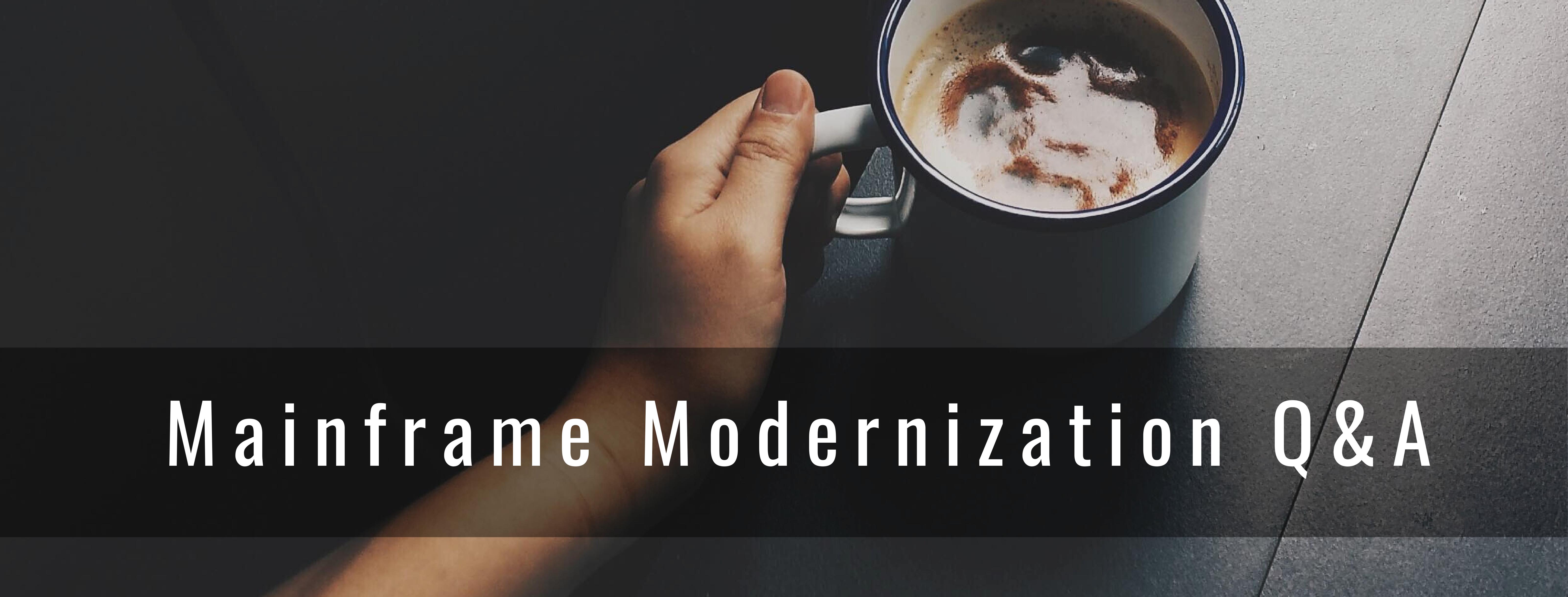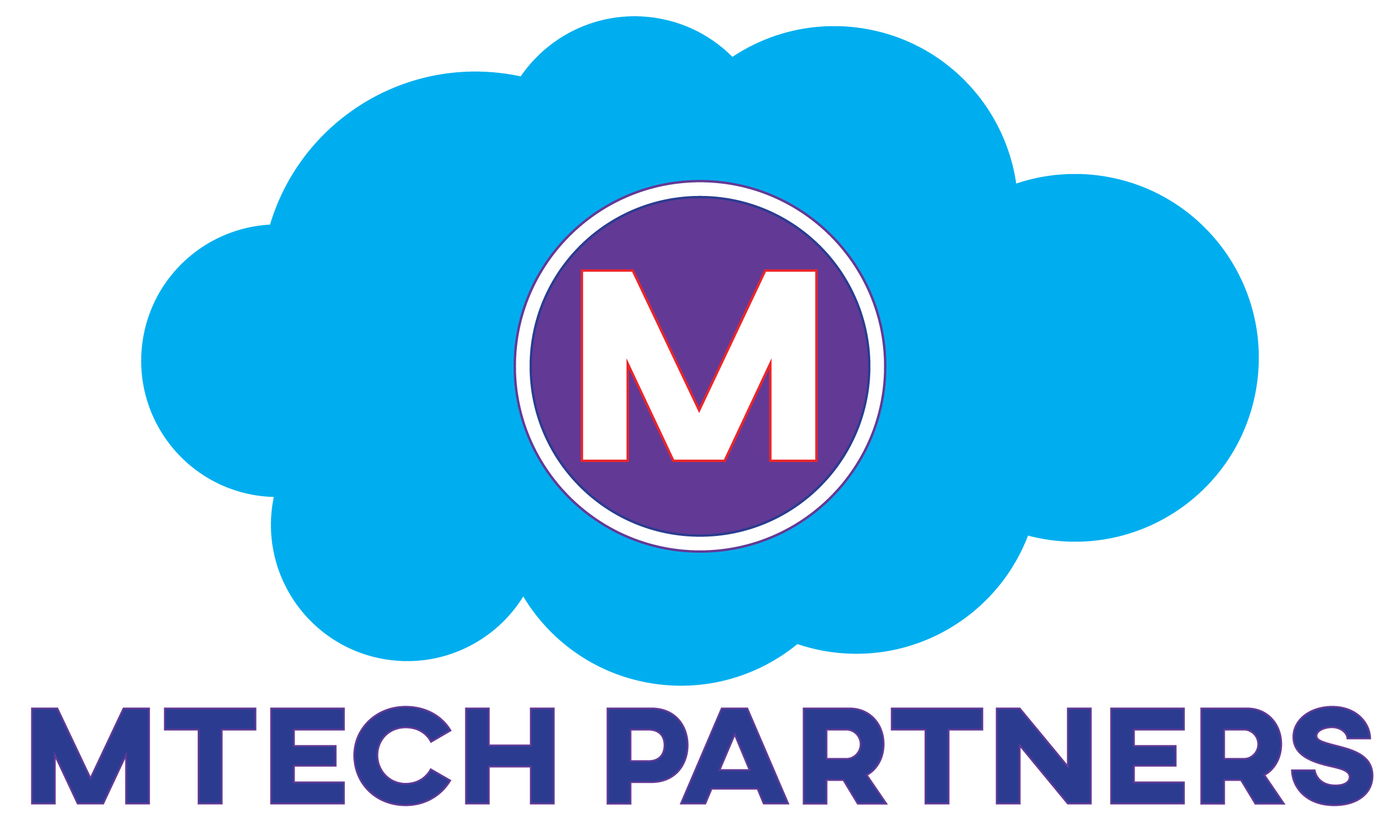- 1. Cost
The cost of the mainframe includes very costly hardware, software, power consumption, support personnel, and other things. Replacement servers are very cheap per unit, but costly when you run hundreds or thousands of servers. The server software is also pretty reasonable per server but can become outrageous for hundreds or thousands of servers. The same goes for support personnel, power and air conditioning, etc. - 2. Professional skills
We are running out of personnel with mainframe experience; they’re getting older and they’re retiring. It’s rigid to find young people with mainframe experience. - 3. Modern interfaces
Even though the out-of-date interfaces are confusing and sometimes interrupt workflows, they are still utilized for organizations. Many companies do not want to invest in new computer architecture. They are cautious about the risk that could cause the interruption of daily business, the possibility that the shift will not work, or end up costing more, or many unknowns. And this is a fully understandable response to a pending change that is risky and guaranteed to cost millions of dollars in capital expenditure.
It is just a question of finding the right way to migrate. - 1. Cost modernization
There are several approaches to automate mainframe activities without requiring changes to program logic, servers, and hardware platforms. One is high-performance in-memory processing, which will dramatically minimize the mainframe applications' volume of CPU and MSU energy, thus growing their effect on the monthly bill.
Additionally, smart performance capping will minimize expenses – some of the latest approaches will achieve by simply capping sensitive business workloads. - 2. Interface modernization
The largest market nowadays is for mobile access to mainframe software, and there are technologies nowadays that directly exploit the existing code base to push modern user interfaces for mainframe apps. Moreover, the good news is that legacy applications are leveraged by these tools as they are.
Legacy apps include intellectual property worth years, which are working quickly and consistently, and leads us to modernize the code. - 3. Code modernization
Nowadays, some technologies will incorporate all of the application design research performed over the past decades on COBOL systems, and help you transition smoothly into the future. Some of these solutions translate code into different types of COBOL distributed-system flavors but are usually limited to smaller projects where a re-platform will not affect performance. Stronger solutions enable you to leverage existing code as it is, without a major redesign, reengineering or full migration. Leveraging what's in place for larger projects is the fastest and most economical way to modernize. - 4. Performance modernization
One approach to boost efficiency is to upgrade your general systems – introducing processor core, ram and other components to the old computers, or also switching to the newest mainframe device. Of default, these approaches would come with a rise in the cost of operations.
However, some of the same technologies that can reduce costs can often make a major improvement in efficiency without increasing the monthly bill – in-memory processing may boost the output of software as well as the efficiency of databases. - 5. Transparency modernization
On all your systems, huge amounts of IT data are saved every hour of the day; enough data that you could realistically call your own "IT Big Data." All companies use this data at least to pay the monthly licensing bills. These statistics are often used by the more serious IT companies to look into productivity and gain some strategic information.
Going beyond that is IT business intelligence. By adding business structure and costing information to your IT data, it becomes possible to measure who uses what resources in the company, and how much that costs. It can also measure the immediate effects caused by business changes. The strength of IT's data will help shift the IT's role from being just a big cost center to being a gateway into overall market effectiveness. - 6. Keep going on
Let no one decide what "modernization" for you. It does not mean using the specific and possible inflexible software solutions from Vendor X and it certainly does not mean dumping your existing high-value and mission-critical IT assets into the landfill.
Therefore, if you have a mainframe – the finest business data processing machine on the earth – and it produces 50 to 80 percent of the sales, consider somebody else can genuinely modernize it for you, not simply replacing it with their you-don’t-know-what. - 1. Ensure that ownership of all 10 components specific to all migrations is planned and allocated
Establish control of each of the 10 components and get commitments on firm production date: - The major programming languages.
- Secondary programming languages.
- Data infrastructure and data stored in files and relational databases.
- Batch application infrastructure.
- Online application infrastructure.
- Application and system-level security.
- Output, content and report management.
- Development, test, and QA infrastructure.
- Production, failover, and disaster recovery infrastructure.
- Application modernization architecture and tooling.
- 2. Organize support systems and environment for activities during the project initiation period
During project preparation and strategy selection, discussing internal support systems and other organizational issues help to build a reasonable production timeline and reduce rework or unintended delays.
It is necessary to understand the internal procedures, lead times, change windows, lockdown schedules and other restrictions for the distribution team. - 3. Restricted the preparation of data transfers to "input files"
Separate "data files" from other types of files and collect all related templates for the record. Conversion is only necessary for input files. Hence, it is important to define which input files are. Data migration can be a vital part of the project, so putting front-end work into budget and schedule saves. - 4. Apply expert solution architecture advice to target solution design
During the implementation process of Research & Design, applying expert advice to technical solution design with a primary deliverable being a recorded solution design that ensures the best match for your specific needs and target setting. - 5. Deploy extensive experience in project management and design development during the project life cycle
- Display proper respect for the modernization initiative.
- Do not underestimate the importance of good project management and architect-solution assistance to your project.
- 6. Assign good experience to ensure the implementation and effectiveness of the solutions
- Get the benefit you'd need from your answer.
- Assign powerful internal topic experts (SMEs) to advocate, promote, help and maintain a constant enhancement of the performance of the solution.
- 7. Early planning of reliable issue-solving procedures
- Avoid lost time in post-migration research and assistance to development.
- Implement and use the right methods and train a key development staff before beginning the output of problem-solving processes and procedures.
- 8. Makes the best use of pre-existing research systems
- Again, stop wasting time in post-migration research and in promoting development.
- Prepare the test details and scripts carefully, taking advantage of the current test tools and processes.
- 9. Adopt an event management tool as soon as the project begins
From the very beginning, take and use an internal incident-tracking approach for the benefits: - Makes the process effective right away.
- Requirements for transparent accountability and documentation.
- Avoid "missing problems."
- Makes searchable and reportable approaches to conflict solving and solutions available for posterity.
- 10. Plan cost savings precisely, and then track achievement
- Gain the value you'd expect from your solution.
- Implement clear leadership and teaming strategies with the mandate and transparency in your development environment to evaluate and deliver on the ROI decided upon when the solution was procured.
- 11. The great result
If you have everything right, you'll be ready for the future and these indicators for market change could be yours: - More than 50% of IT cost reduction.
- More than 30% system performance improvement.
- More than 25% development productivity improvement.
- More than 15% application quality improvement.

folder_open Mtechpartners News
Some Q&A about Mainframe Modernization
I. What does ‘Mainframe Modernization’ really mean?
Mainframe Modernization is replacing some or all of your mainframe infrastructure, which is obsolete and costly to maintain, with commodity servers and new software and services that will run your applications at a lower cost while running faster at the same time.
II. What are the mainframe's actual aspects which need modernization?
It's down to three main attributes: cost, professional skills and modern interfaces.
III. What modernization techniques are available now to modernize your mainframe systems?
Since the three major reasons for "mainframe modernization" can be solved separately without necessarily plunging into a full-on migration process. The user interface issue is probably the most pressing and there are many ways to tackle that issue.
If cost is a problem, then there are creative ways to put a big dent in it. And if efficiency is an issue, some clean solutions can be found. Eventually, the increased broadness of IT will help overcome all of these problems.
IV. What should you do to ensure a good mainframe migration?
The selection of the right service provider and implementation is just the start. Such 10 key best practices are indicated by the expertise obtained across hundreds of major migration projects.
Mainframe migrations always succeed when you are doing it right. Mainframe migration will significantly minimize IT costs, open up the resources to finance new projects and boost device efficiency and consistency of software.
References
Marais, Malcolm, Mr. "10 things you should do for a successful mainframe migration." Tech Republic, 24 June 2010, https://www.techrepublic.com/blog/10-things/10-things-you-should-do-for-a-successful-mainframe-migration/.
Zander, Allan, Mr. "So what Does 'Mainframe Modernization' Really Mean?" Planet Mainframe, 18 Oct. 2018, www.planetmainframe.com/2018/10/so-what-does-mainframe-modernization-really-mean/.
